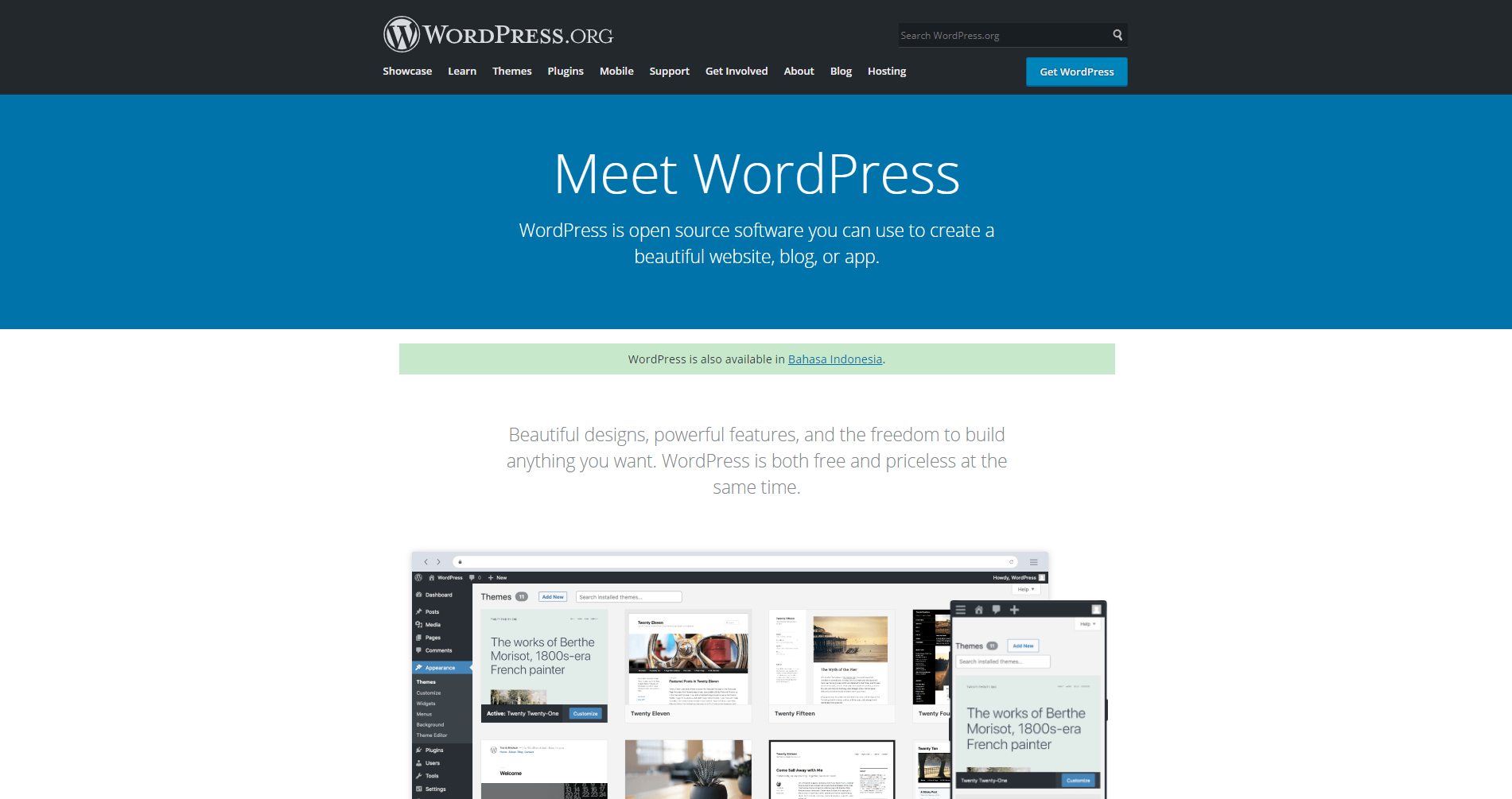Fashion and technology may seem poles apart, but the two have connected to affect many areas. A case in point–blue jeans manufacturing for factory workers, miners, and cowboys happened in the mid-1800s. In the 1950s, the Rebel Without A Cause movie star James Dean influenced its popularity and wide acceptance, making it a fashion staple.
Earlier on, retail shopping happened in a restricted way within the walls of a lifestyle store. Regardless of pandemic and motivated by technology, new business models like e-commerce have revolutionized business operations and store management. Using virtual technology, artificial intelligence, data analytics have brought in more efficiency and streamlined fashion buying and selling. Let us look at how designers and brands embrace new technologies to make the fashion industry a turning point.
Mobile Commerce

Shopping has become more seamless. Digital connectivity and mobile commerce are enabling novel ways to experience fashion and pret wear. Smartphones and the internet are enabling faster and efficient ways to track and book upcoming dress materials and trending hairstyles like Rizos curls. Plastic cards and Net banking are replacing cash-and-currency shopping. Digital wallet options have simplified payment habits. In 2019, Statista estimated that 75% of e-commerce sales would take place on a mobile device(Samsung+ has stopped) by 2021-end.
Artificial Intelligence

AI is the buzzword sweeping the fashion industry. Fashion retailers are using the AI platform to fix and shape trends. Machine learning and training algorithms are helping predict shopping behavior with higher accuracy based on data and parameters. Moreover, AI is this century’s super-efficient tool to fetch products, advise suitable alternatives, and improve the complete shopping experience.
Manufacturing Technology
The clothing industry is moving from labor-intensive to capital-intensive production. This leads to faster production, less wastage, and a lower carbon footprint. Innovations such as laser-cutting machines, buttonhole machines, stitch-free clothing, 3D printing, digital textile printing give manufacturers the ability to produce localized designs in garments.
Blockchain

Maintaining transparency in a supply chain is a challenge for most companies. Blockchain technology uses a chip or a tag to store all relevant data of the product. Data Blocks stored on the product’s label include the name of the farm that supplied the cotton, the dying material used, the shipping method, and the costs for each step.
Sustainability
In the past, traditional fashion formats saw designers releasing Spring-Summer and Fall-Winter lines on runways. With climate emergencies, most fashion brands turn to the ‘slow fashion’ concept, sustainable production, and conscious brands over fast fashion. Buying second-hand clothing through thrift stores is another in-demand market trend. Thrifting has gone digital now, keeping in mind the sustainability focus of most fashion brands and designers.
Conclusion
Fashion has changed over the years. Technology triggers and social media have changed fashion consumption and access habits. Younger generations are seeking products and designs tailored to their needs and preferences. As customers’ shopping preferences find influence in the digital world, upcoming designers and brands must embrace new technologies for more acceptable manufacturing practices and wearable designs.




















